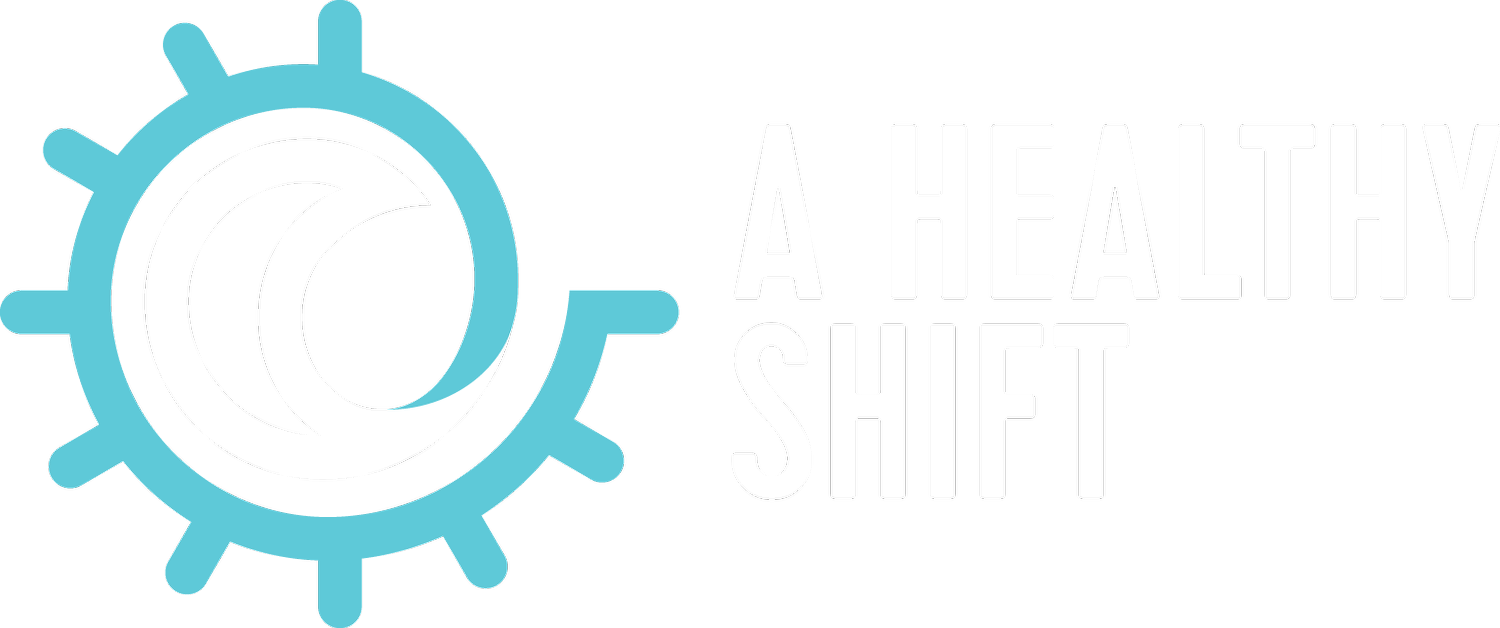The Health Benefits of Daylight: Why Shift Workers Should Soak It Up
As shift workers, we’re no strangers to odd hours, dark mornings, and long nights. But there’s one thing many of us tend to miss out on, and it’s critical for our health: daylight. Whether you’re working nights, evenings, or even those early shifts, daylight plays a massive role in your well-being. And believe it or not, every part of sunlight—red, orange, yellow, green, cyan, blue, and violet—has its own unique benefit for your body. So, let’s break it down.
Why Daylight Matters
Exposure to natural daylight helps regulate your circadian rhythm — that internal body clock that tells you when to be awake and when to sleep. For shift workers, this rhythm is often out of sync, leading to all sorts of issues like fatigue, mood swings, poor concentration, and even weight gain. But the solution is simpler than you might think: getting out in the daylight can help re-align that clock, boost your energy, and improve your overall health.
So, What’s in Daylight?
Daylight isn’t just white light. It’s made up of various wavelengths, each corresponding to different colors of the light spectrum. And each one has its own health benefits for us. Let’s take a closer look:
1. Red Light (620–750 nm)
Red light has the longest wavelength, and its benefits go deep—literally. Red light penetrates the skin, reaching muscles and even bone, which helps stimulate cell regeneration. This means it can aid in wound healing and reduce inflammation, which is crucial for shift workers on their feet all day (or night). It also supports mitochondrial function, giving your cells the energy they need to perform their best.
Optimal Exposure: Aim for early morning or late afternoon daylight exposure, as red light is more prominent when the sun is lower in the sky.
2. Orange Light (590–620 nm)
Orange light is a mood booster. Its wavelengths are known to stimulate the production of serotonin, the feel-good hormone. For anyone struggling with mood swings or the mental toll that shift work can take, stepping outside into the daylight could be just what you need. It’s also gentle on the eyes, making it ideal for early morning exposure when your eyes are adjusting to the new day.
Optimal Exposure: The first 30–60 minutes after sunrise is a great time to catch some orange light. This helps stimulate serotonin production and sets you up for a better mood throughout the day.
3. Yellow Light (570–590 nm)
Yellow light improves cognitive function and enhances your ability to focus. As shift workers, we need to stay sharp—whether it’s on a night shift or in the wee hours of the morning. Yellow light can help with that, boosting concentration and memory, which is essential for staying on top of your game when your energy levels start to dip.
Optimal Exposure: Try to get out in the daylight mid-morning when yellow light is more prominent. Even a 10-minute walk outside on your break can help increase alertness and concentration.
4. Green Light (495–570 nm)
Green light is incredibly soothing. It’s often referred to as nature’s stress reliever because it helps calm the nervous system. If you’re feeling overwhelmed, anxious, or stressed from the pressures of shift work, spending time in green light can reduce those symptoms. Green light has even been shown to reduce the intensity of migraines.
Optimal Exposure: Around midday, green light is at its strongest. Stepping outside during your lunch break (or whenever you can fit it in) can help reduce stress and improve your overall sense of well-being.
5. Cyan Light (480–495 nm)
Cyan light is closely tied to the circadian system. This wavelength is particularly effective at regulating your internal clock and keeping you awake during the day. For shift workers, especially those transitioning between day and night shifts, exposure to cyan light is key to re-establishing your sleep-wake cycle and maintaining alertness during work hours.
Optimal Exposure: Late morning to early afternoon is the prime time to soak in some cyan light. Spend at least 20 minutes outside to help your body recalibrate its internal clock.
6. Blue Light (450–480 nm)
Here’s where things get tricky. Blue light is a double-edged sword. While blue light during the day helps regulate your circadian rhythm and boosts alertness, too much blue light after dark can wreak havoc on your sleep. During the day, it enhances cognitive function, mood, and memory—making it your best friend when you’re trying to stay awake and focused.
Optimal Exposure: The best time to get blue light is in the morning or early afternoon. This helps suppress melatonin production and keeps you alert. But after sunset, it’s time to avoid it—so say goodbye to the screens.
7. Violet Light (380–450 nm)
Violet light has the shortest wavelength and the most energy, which is great for the production of Vitamin D. While it’s true that most of your Vitamin D comes from UVB rays, violet light plays a part in helping your skin absorb and synthesize this crucial vitamin, which is vital for bone health, immune function, and mood regulation.
Optimal Exposure: Spend some time outside between mid-morning and early afternoon. Just 15–20 minutes of daylight exposure will help your body get the Vitamin D it needs.
When is the Best Time to Get Daylight?
For shift workers, timing your daylight exposure can be tricky, but it’s possible! Here’s a general guideline for optimising your daylight exposure:
- Morning Shift Workers: Try to get 20-30 minutes of sunlight first thing in the morning. This will help reinforce your body’s natural wake-up cues and provide the benefits of red, orange, and yellow light.
- Night Shift Workers: Aim for morning or early afternoon after you wake up. Focus on getting 20 minutes of sunlight exposure to sync your circadian rhythm and absorb the benefits of cyan and blue light.
- Rotating Shift Workers: Whenever possible, spend time in daylight during breaks or after your shift ends. Even brief daylight exposure helps with mood, focus, and overall well-being.
Conclusion: Daylight is Your Secret Weapon
In the hustle and bustle of shift work, it’s easy to forget that something as simple as stepping outside can make a world of difference. Each part of the light spectrum offers unique health benefits, from boosting your mood and focus to syncing your internal clock. Prioritise getting out in daylight, even if it’s just for a few minutes during breaks. Your body—and mind—will thank you.
About Roger Sutherland
As a coach and advocate for shift workers, my goal is to provide practical, evidence-based strategies that empower individuals to thrive in their roles. By understanding and addressing the challenges of shift work sleep disorder, shift workers can achieve better health outcomes and lead more fulfilling lives both on and off the job.
Note:
I also run Nutrition, Health & Wellbeing Seminars for shift working environments.





